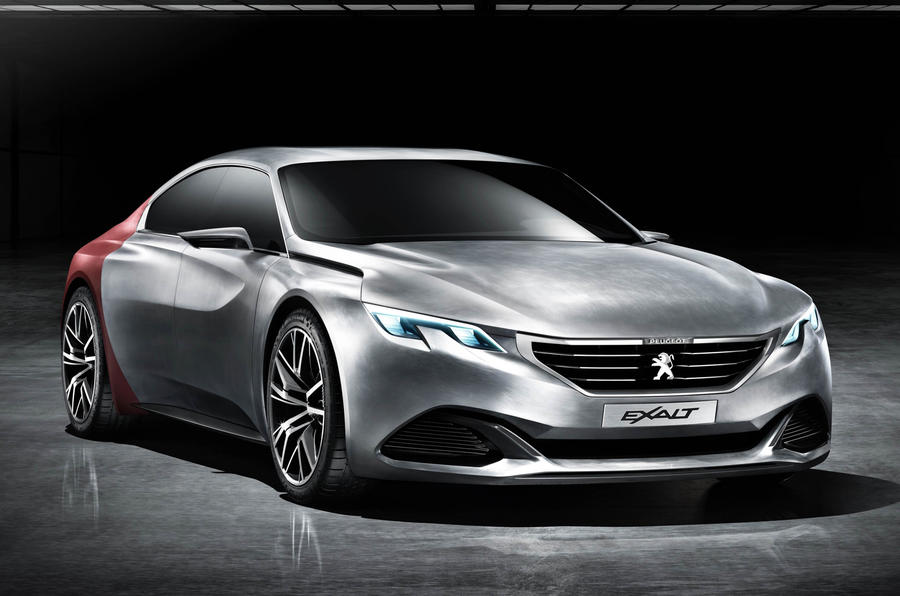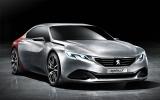Hands whirling out before her, eyes fixed on mine, words quickening, Sophie Gazeau, colour and materials stylist for the Peugeot Exalt concept that you see above, is hitting her stride.
"There is more than one way to do luxury. A top-end leather handbag that has aged is more highly prized than one that has come straight out of the shop. Wooden furniture that has marked through use is said to have character. We hear a lot about authenticity, but what is authentic about a piece of wood that has 1000 layers of lacquer on it, or real leather that is treated so much that it looks like plastic no matter for how many years you use it?"
Her passion runs deep, but so would yours if you’d battled through intense internal design competitions to earn the right to lead the direction of one of Peugeot’s most important concept cars in recent years.
The Exalt is more than an alternative take on the five-door luxury car. It is both a symbol of the rebirth of the brand and a steer on what the firm sees as a gilt-edged opportunity to establish itself in the lucrative luxury car market. And don’t snigger at that last statement; the fact that it’s on display at the Beijing motor show is no coincidence, because Peugeot is well established in China, and Asian car buyers are notoriously ready to embrace new ideas.
That Peugeot bosses sense opportunity should be no surprise. The company entered the Chinese car market as early as 1985, and although that joint venture faltered, a second initiative kicked off in 1992 with Dongfeng, now China’s second-largest car maker and, in a twist of fate, a major shareholder in PSA Peugeot-Citroën following its recent financial struggles.
The benefits of a strident premium brand have already been reaped via Citroën’s DS arm, which is enjoying stratospheric success among Chinese buyers. Now Peugeot wants in on the sales act and, most important, the profit margins that follow. Brilliantly – beautifully – it also has the confidence to realise that it must achieve its goal by offering an alternative to what’s already out there.
Nominally, this 4.7m-long saloon-cum-hatch, with its unusually low roofline of just 1.31m, is meant to grab your attention for far more than its innovative looks. A plug-in hybrid, it has the same 1.6 THP engine that powers the RCZ R, but the four-cylinder petrol engine’s 266bhp is supplemented by a 67bhp electric motor mounted on the multi-link rear axle.
It is also built on a version of the EMP2 platform that underpins the next generation of PSA vehicles, including the Car of the Year winner, the Peugeot 308. All good stories, you would think. But if I tell you that in almost four hours with the car and a succession of interviews with five of its creators, not one of them mentions either its powertrain or platform, you’ll start to get a sense of the priorities.
"We spent 18 months creating this concept, at least six months longer than usual for a concept car," says Gilles Vidal, Peugeot’s style director. "The body shape and proportions are especially complex, and we needed to pitch the balance of the styling just right. This is a car with a story to tell."

































Join the debate
Add your comment
Nice to see...
It has a Peugeot Badge
Almost any other maker trying to enter the luxury car market either chooses a brand name already established in the luxury market (RR, Bentley, Maybach) or invents one (Lexus).
The French obviously think the name Peugeot has connotations of luxury, reliability and performance.. Hmmm..
Design sells!